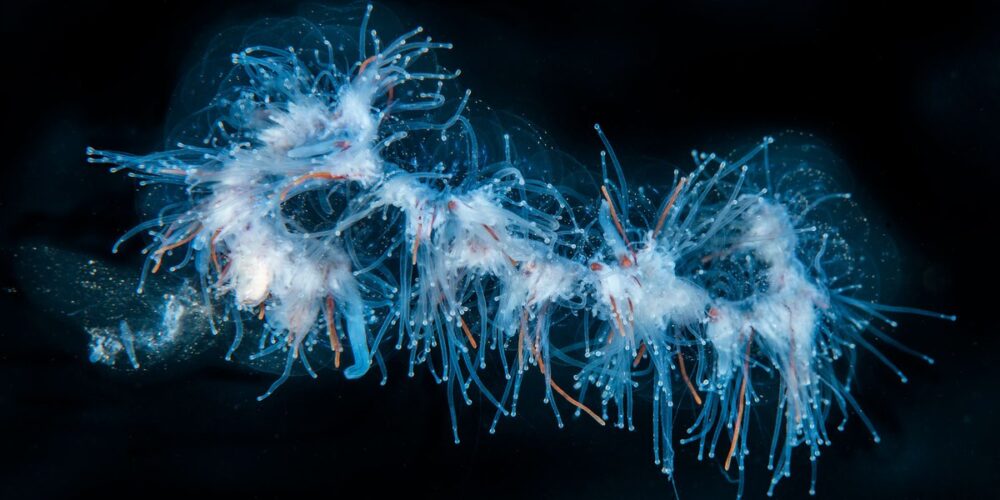Jellyfish force SalMar into harvest forecast reduction

The salmon farming giant SalMar has been forced to lower its 2023 harvest forecast by 5,000 tonnes due to jellyfish attacks earlier this month.
It has also had to prematurely destroy some 600,000 fish in Norway as a direct result of the attacks.
Salmar’s 2023 forecast for central Norway is now 142,000 tonnes and 92,000 tonnes for northern Norway after reductions of 2,000 tonnes and 3,000 tonnes respectively.
The announcement comes as the industry organisation Seafood Norway warned that jellyfish incidents have been growing in strength and are causing increasing concern among its members.
The jellyfish (pictured) are known by a number of different names in Norway, but more commonly as pearl normans or pearl normanets.
Seafood Norway CEO Geir Ove Ystmark said the attacks were becoming a biological phenomenon beyond the industry’s control.
“It is painful to see the suffering it causes the fish. We are now assessing the situation continuously. We are certainly concerned about what we see,” he said.
”After the first reports took place early this autumn, the attacks have increased in strength in recent weeks. “
According to recent figures, around 8.6% of fish mortalities in November were due to attacks by jellyfish.
Several companies have reported acute mortality, and in December the rate due to jellyfish increased even further.
The fish usually die from getting jellyfish in the gills, but can also die as a result of the stress reaction caused by an attack.
Like the stingray, the pearl jellyfish have nettle cells with poison, which can cause burns to the fish.
The jellyfish also have other effects on the fish, including reduced appetite. Several of the operators have said that they can cause ulcers in salmon once an attack ends.
Fish with an underlying disease are especially at risk. In 1997 and 2001, there were two episodes of pearl normanets in the Vestlandet and Trøndelag regions with both cases also taking place in November and December.
The reasons for greater problems this year is being forecast linked by some researchers to climate change, as the species is normally found in warmer waters further south.
The jellyfish live to a depth of 1,000 metres. They drift passively with the ocean currents and can grow up to 30 metres long.

